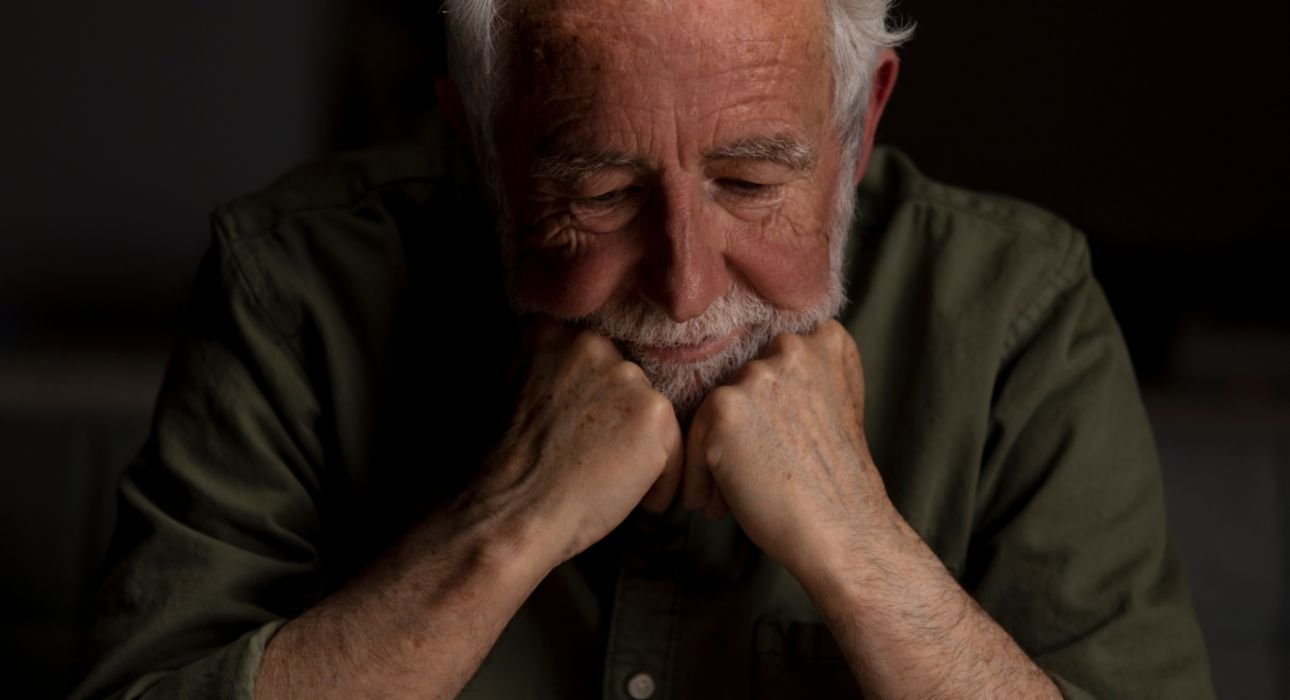Trigger Warning: This article contains discussions of suicide, mental health struggles, substance abuse, and emotional distress, which some readers may find upsetting. Please read with care. If you are struggling, consider reaching out to a mental health professional or helpline in your area.
Middle-aged men often carry silent burdens that rarely get talked about. While society expects them to stay strong, be the provider, and keep it all together, many of them are struggling under the surface. Suicide among men aged 35 to 64 continues to be a serious issue—one that’s often overlooked. But understanding what puts them at risk isn’t just about data or theory. It’s about saving lives. This article explores the mental, physical, social, and cultural challenges that make this group especially vulnerable and what signs we can look out for to help them sooner.
Why Mid-Life Can Be So Challenging
The middle years—roughly between 35 and 64—are often seen as a time of stability, but for many men, they bring overwhelming pressure. At work, expectations are high. At home, there are family responsibilities to juggle. And all around, there’s the unspoken rule to “stay strong” and never show weakness. These years can also be filled with questions about past decisions and future goals. When dreams feel out of reach or setbacks pile up—like financial stress, job struggles, or relationship issues—many men begin to feel stuck or lost. The pressure to always “have it together” makes it even harder to ask for help.
The Mental Health Struggles We Don’t Always See
Mental health, especially depression, plays a huge role in suicide risk. But in middle-aged men, depression doesn’t always show up as sadness. It might look like anger, restlessness, constant irritability, or a sense of emotional numbness. Some throw themselves into work, take up risky activities, or pull away from others to cope. Often, these men don’t realise they’re depressed – or they don’t want to admit it – so they go without treatment.
Substance abuse adds another layer of risk. Alcohol and drugs can seem like a way to escape emotional pain, but they usually make things worse. These substances cloud judgment and lower inhibitions, making it more likely that suicidal thoughts turn into actions. The combination of untreated mental health issues and substance use can become a dangerous downward spiral.
When Physical Health Adds to the Burden
Mental and physical health are tightly connected. Long-term illnesses—like diabetes, chronic pain, or heart disease – can seriously affect how someone feels about their life. Constant discomfort, limitations in mobility, or relying on others for help can create feelings of helplessness or despair.
Poor health choices, like smoking, unhealthy eating, and lack of exercise, can also affect mood and energy. When someone feels physically drained or unhealthy, it becomes harder to stay mentally strong. Over time, the toll on both body and mind can lead to feelings of hopelessness or a desire to give up.
Life Events That Trigger Crisis
Big life changes or losses can push someone over the edge. Divorce, for example, can be deeply painful. For many men, their identity is tied to being a partner or father, and losing that role can feel like losing part of themselves. Grieving the death of a loved one, especially a spouse or child, can also leave men feeling broken and alone.
Money problems are another major stressor. Losing a job, struggling with debt, or not being able to support a family can hit hard. These challenges can lead to deep shame and self-doubt. In some cases, lower levels of education can limit job options, adding to the financial and emotional strain. Social isolation—like being unmarried, living alone, or not having close friendships—makes it worse by cutting off important sources of emotional support.
The Hidden Harm of Masculinity Norms
One of the biggest obstacles to getting help is the way society defines masculinity. Many men grow up being told to be tough, not cry, and never ask for help. Over time, this creates what some call “emotional illiteracy”—they haven’t learned how to talk about their feelings, even when they desperately need to. Asking for help feels like weakness, so they bottle things up. Tragically, the very traits that are praised—being independent, resilient, and emotionally strong—can become dangerous when men are in crisis. Instead of reaching out, they suffer in silence.
The Signs We Shouldn’t Miss
It’s important to recognise when someone is in trouble. Some signs are obvious, like talking about death, giving away personal items, or suddenly acting recklessly. But others are more subtle: withdrawing from friends, drinking more than usual, acting out of character, or saying things like, “What’s the point?” or “Everyone would be better off without me.” These red flags are calls for help, and they should never be ignored.
Supporting middle-aged men means changing the way we think about masculinity and mental health. We need to create a culture where talking about emotions is okay and asking for help is a sign of strength, not weakness. Families, friends, and professionals all play a role. If we listen with compassion, stay alert to the warning signs, and help men find mental health resources early, we can prevent a lot of pain and save lives.
By understanding these overlapping challenges, we move one step closer to helping men get through their darkest moments and reminding them they don’t have to face it all alone.
iCall Helpline: 9152987821
References +
- Samaritans Research on Suicide Risk Factors in Middle-Aged Men (https://www.samaritans.org/about-samaritans/research-policy/middle-aged-men-suicide/suicide-risk-factors-middle-aged-men/)
- PMC NCBI Article on Male Suicide Risk Factors (https://pmc.ncbi.nlm.nih.gov/articles/PMC10325605/)
